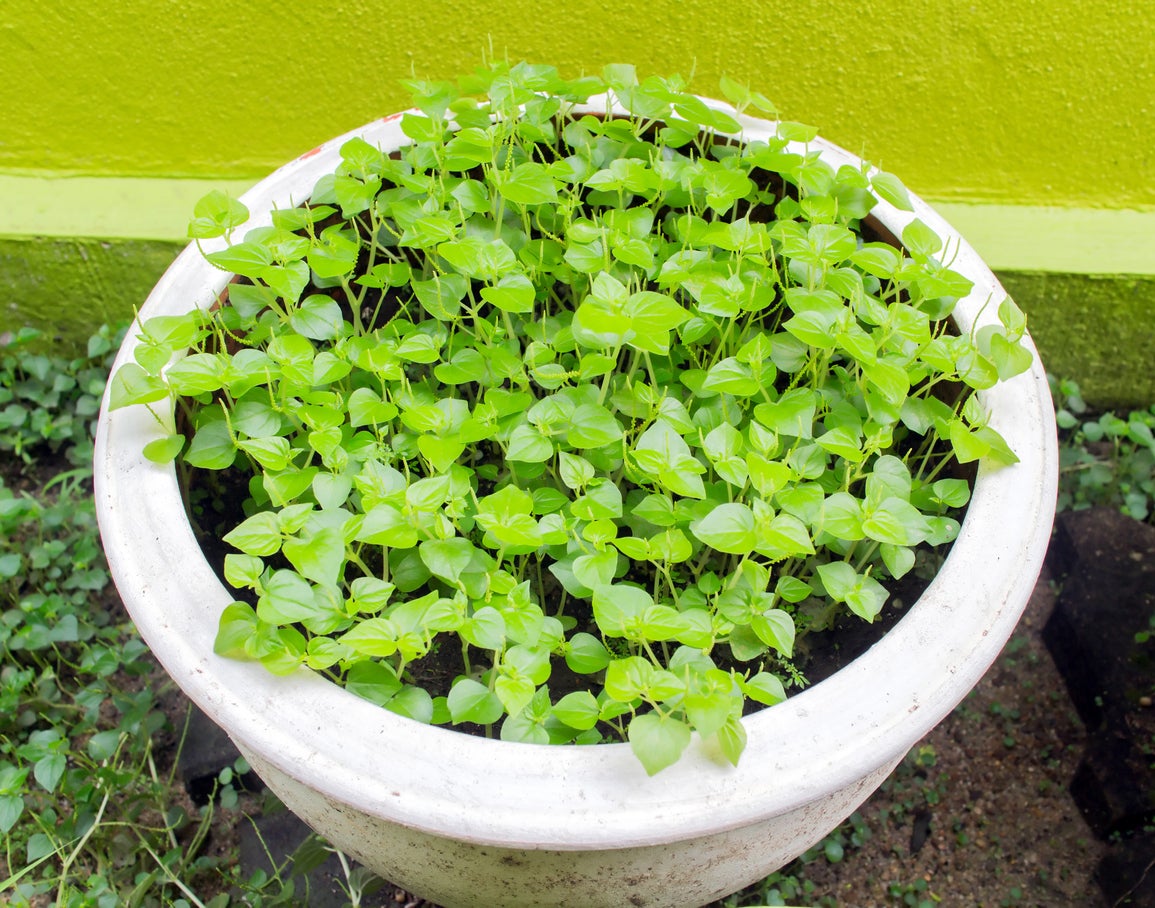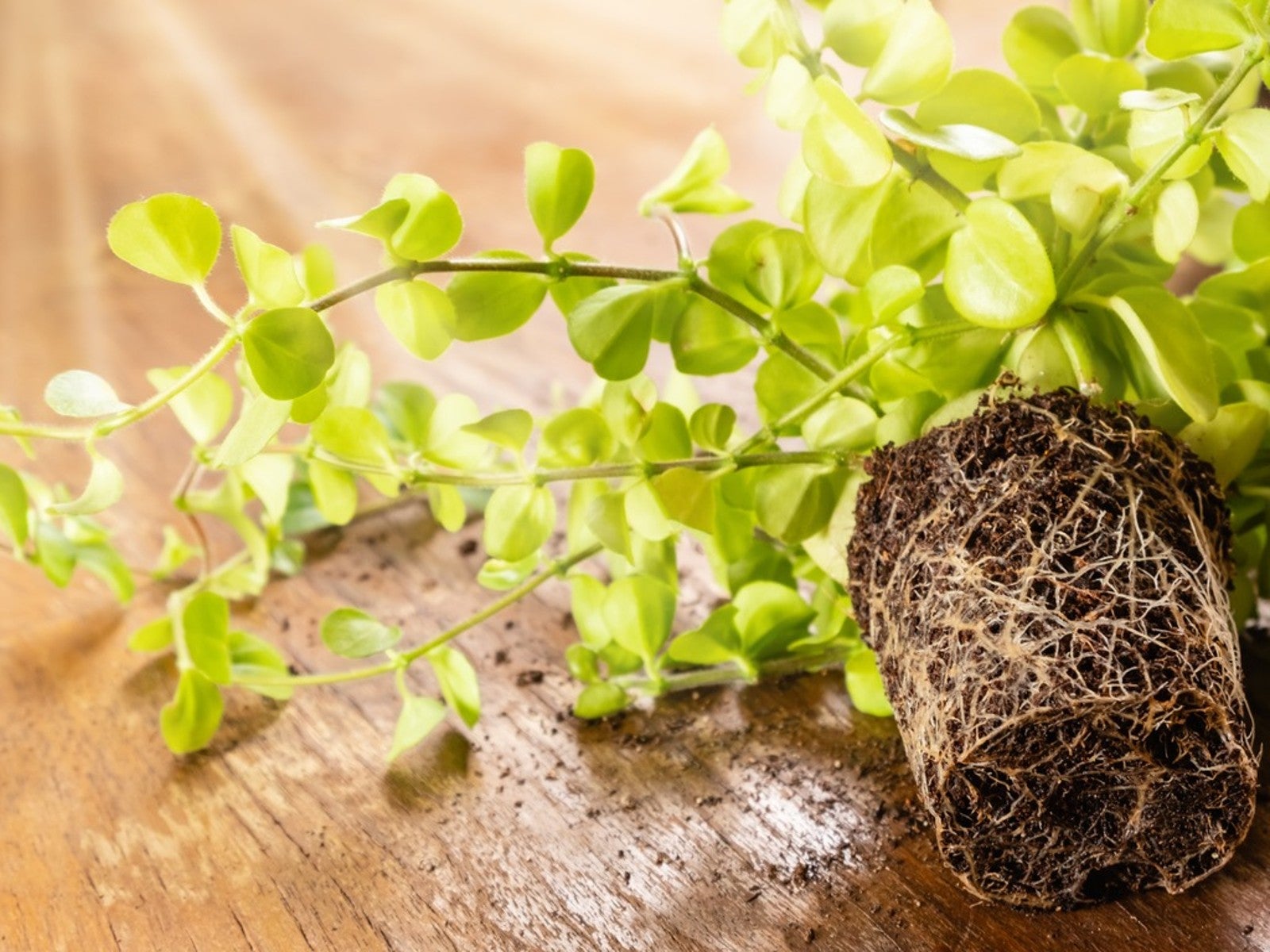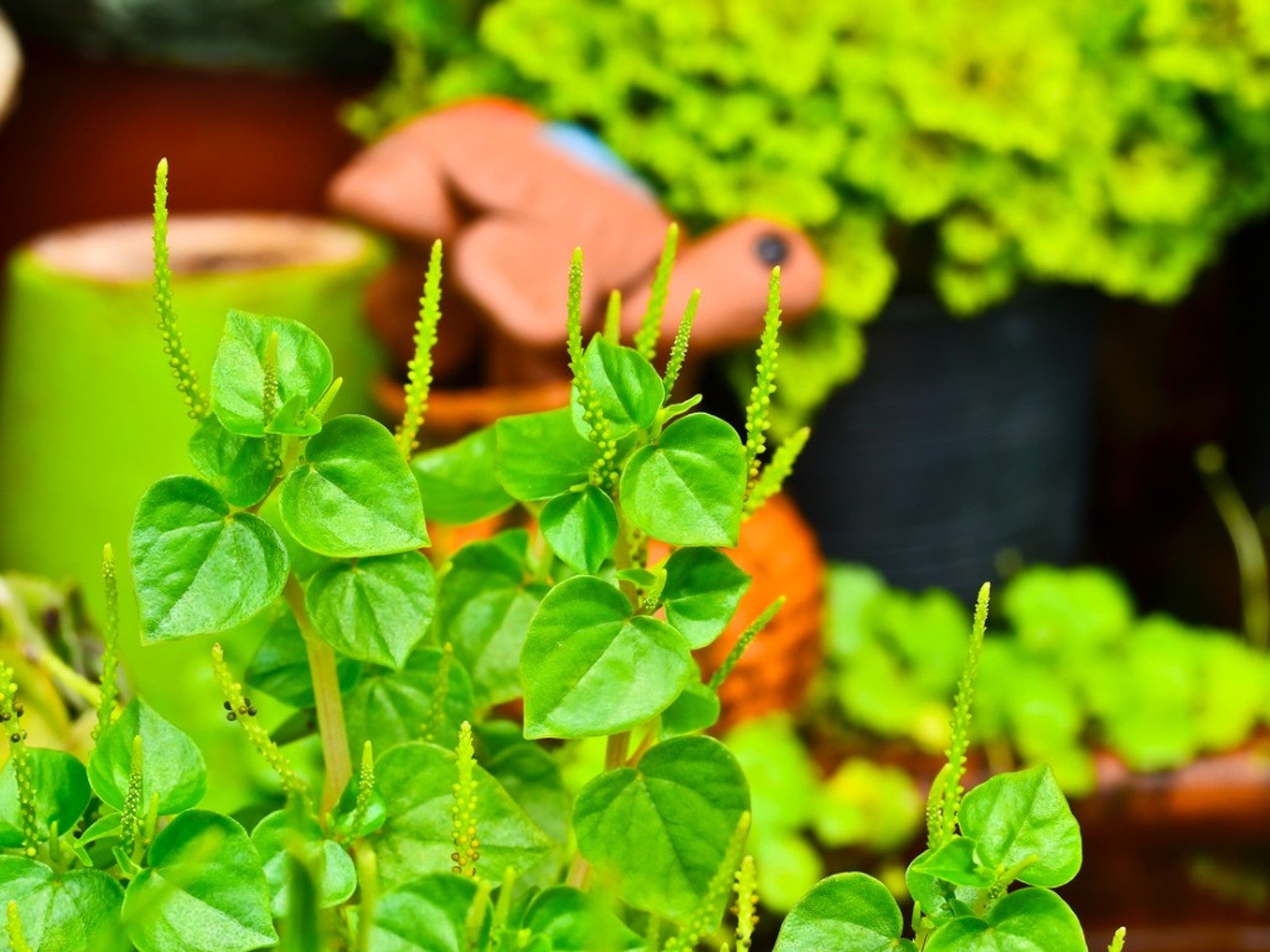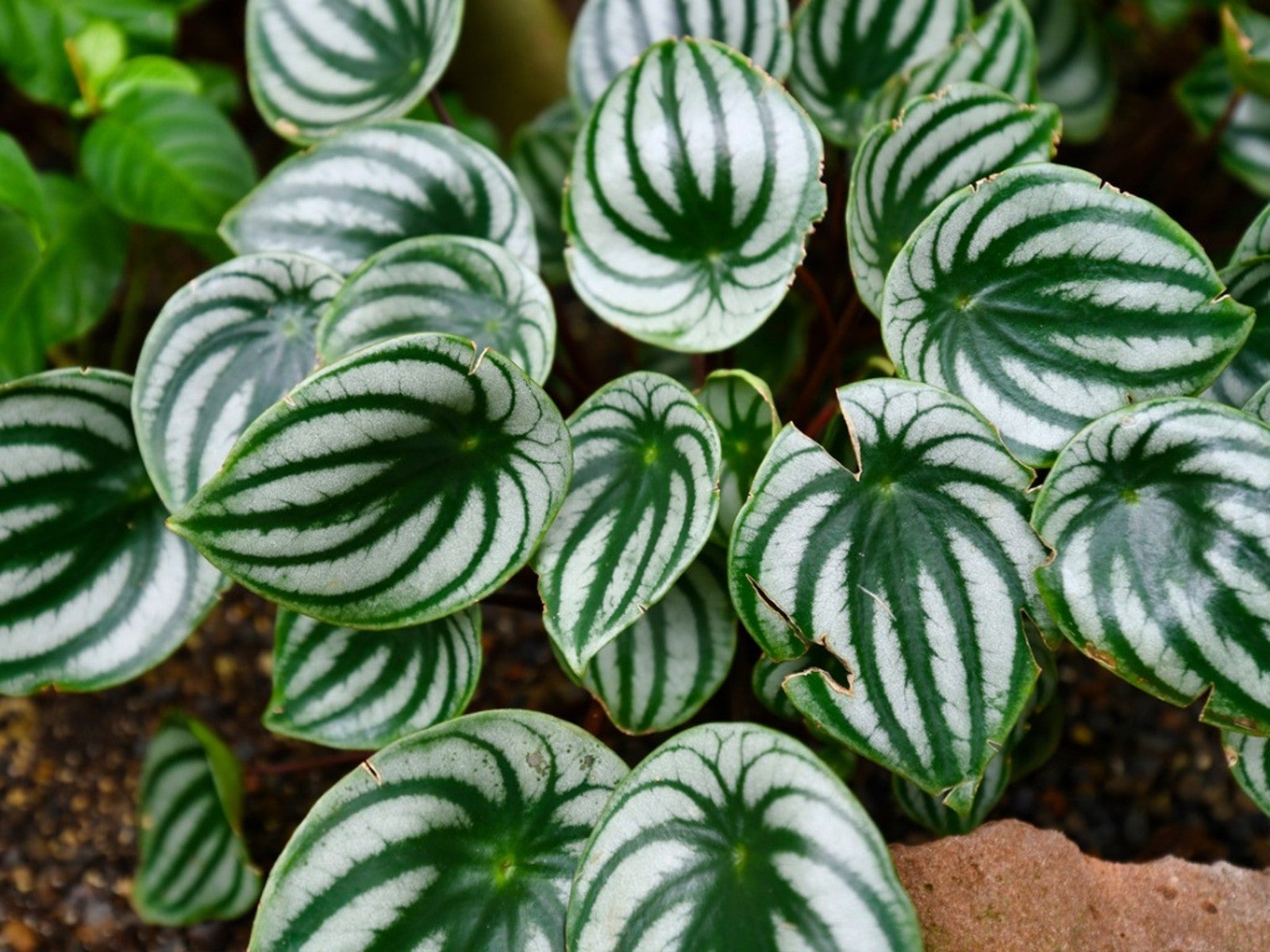Peperomia Seed Propagation Tips: How To Plant Peperomia Seeds


Peperomia plants, also known as radiator plants, are a type of plant found in tropical and subtropical regions of the world. These beautiful plants have thick, succulent foliage which varies in shape and pattern. This, in tandem with their ease of growth, make them ideal candidates for use as houseplants in containers. Can you grow peperomia from seed though?
About Peperomia Seed Propagation
Those wishing to grow peperomia have a couple options. Most growers choose to grow them directly from transplant. Locating healthy peperomia plants online or in local garden centers should not be difficult. These transplants can be moved into pots indoors that are at least twice as wide and tall as the root ball of the plant. Large transplants grow quickly and offer stunning visual interest to their growers.
However, more adventurous gardeners may question the process of how to plant peperomia seeds. Like most ornamental plants, growing peperomia from seed may not provide the desired results. Many commercially produced cultivars of this plant are hybrids. When sowing peperomia seeds, it is possible that the plant produced will not resemble the original parent from which it was taken. For this reason, it is best to propagate peperomia through stem or leaf cuttings. This is especially true for more unique variegated types.
That being said, peperomia seed propagation is still an option for those interested in giving it a try.
Sowing Peperomia Seeds
Growing from seed can be an interesting experiment. Growers who wish to do so may have some difficulty locating a seed source. If attempting to grow peperomia from seed, only purchase from reputable sources. This will ensure the highest chance of success.
When planting peperomia seeds, germination is relatively simple. Choose your seed starting containers and fill them with a soilless seed starting mix. Sow the seeds according to package instructions. Water them well and then place them in a warm window indoors. Keep the soil consistently moist until germination occurs.
After germination, transplant the seedlings into a container with a soil pH of 6.0 to 6.5. Peperomia grows best where it is able to receive bright, yet indirect, sunlight.
Gardening tips, videos, info and more delivered right to your inbox!
Sign up for the Gardening Know How newsletter today and receive a free copy of our e-book "How to Grow Delicious Tomatoes".
As the plant grows, make certain to avoid overwatering. Due to the plant’s succulent nature, soggy soil and pots with poor drainage may cause root rot and the demise of the plant.

Tonya Barnett has been gardening for 13 years. Flowers are her passion. She has transformed her backyard into a cut flower garden, which she regularly chronicles on her YouTube channel http://www.youtube.com/@tonyawiththeflowers.
-
 Looking For Plants To Give You The Soft And Fuzzies? Try These 5 Fuzzy Leaf Plant Options
Looking For Plants To Give You The Soft And Fuzzies? Try These 5 Fuzzy Leaf Plant OptionsLovers of texture, drama, silver foliage and tactile plants will adore these special sensory garden additions. These fuzzy leaf plant options will leave you all aglow
By Susan Albert
-
 Get Ready For A Summer Of Hummers! Grow These Full Sun Hummingbird Plants and Flowers
Get Ready For A Summer Of Hummers! Grow These Full Sun Hummingbird Plants and FlowersIf you’re lucky enough to enjoy a sunny backyard, make sure you are maxing out on your pollinator opportunities and grow these full sun hummingbird plants and flowers
By Tonya Barnett
-
 How To Grow A Peperomia ‘Hope’ Plant
How To Grow A Peperomia ‘Hope’ PlantClick here for info on how to grow a peperomia ‘Hope’ plant.
By Bonnie L. Grant
-
 How To Grow Peperomia Pellucida Plants
How To Grow Peperomia Pellucida PlantsLearn about Peperomia Pellucida’s surprising medicinal qualities, and how to grow it from seed indoors or out.
By Amy Grant
-
 Common Peperomia Pests And Diseases
Common Peperomia Pests And DiseasesKnowing the most common peperomia diseases and pests and how to manage them can be very important. Click to learn more.
By Mary Ellen Ellis
-
 Types Of Peperomias: Tips For Growing A Peperomia Houseplant
Types Of Peperomias: Tips For Growing A Peperomia HouseplantThe Peperomia houseplant is an attractive addition to a desk, a table or as a member of your houseplant collection. Peperomia care is not difficult and this article will help. Click here to get more information.
By Becca Badgett